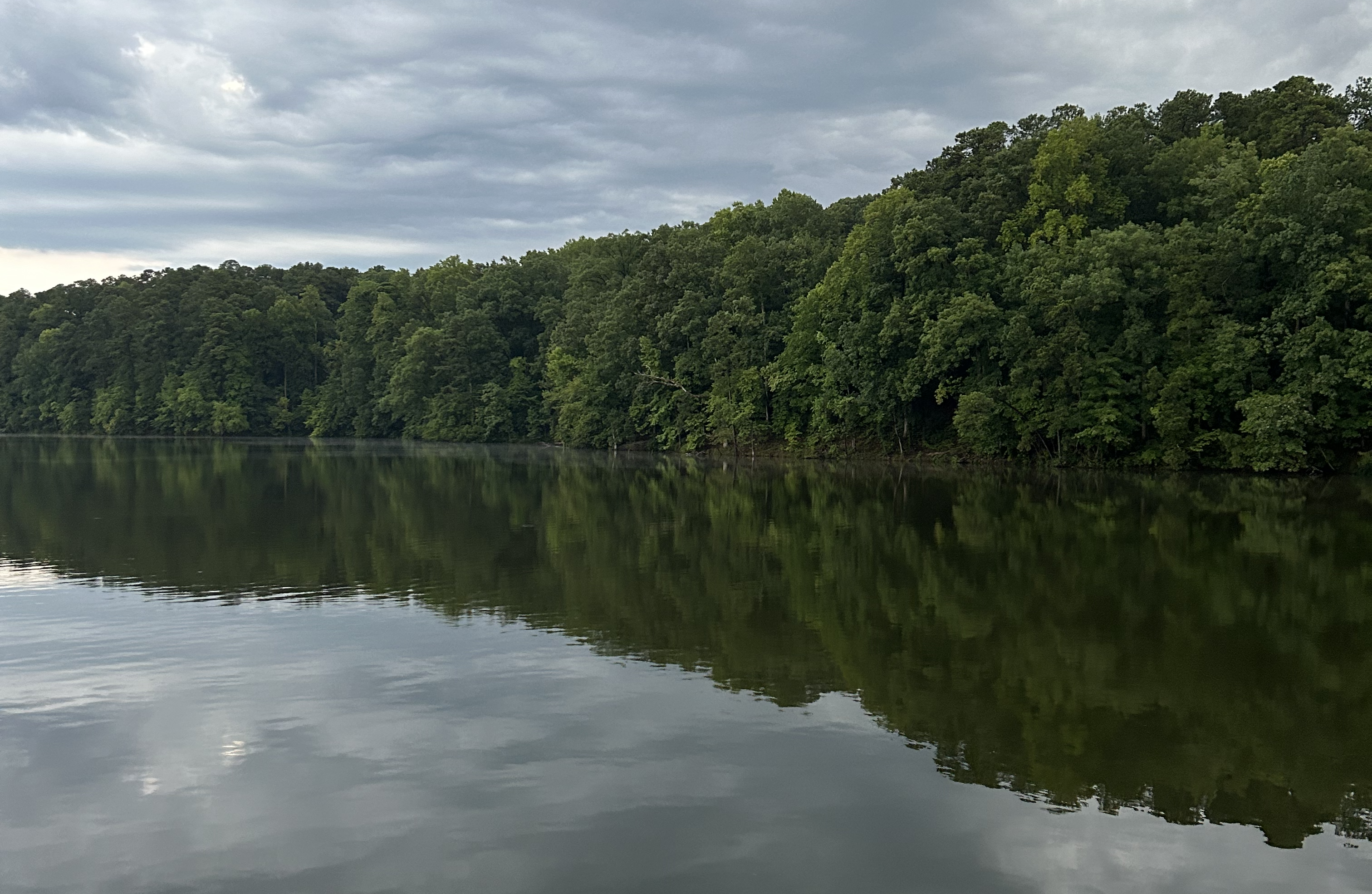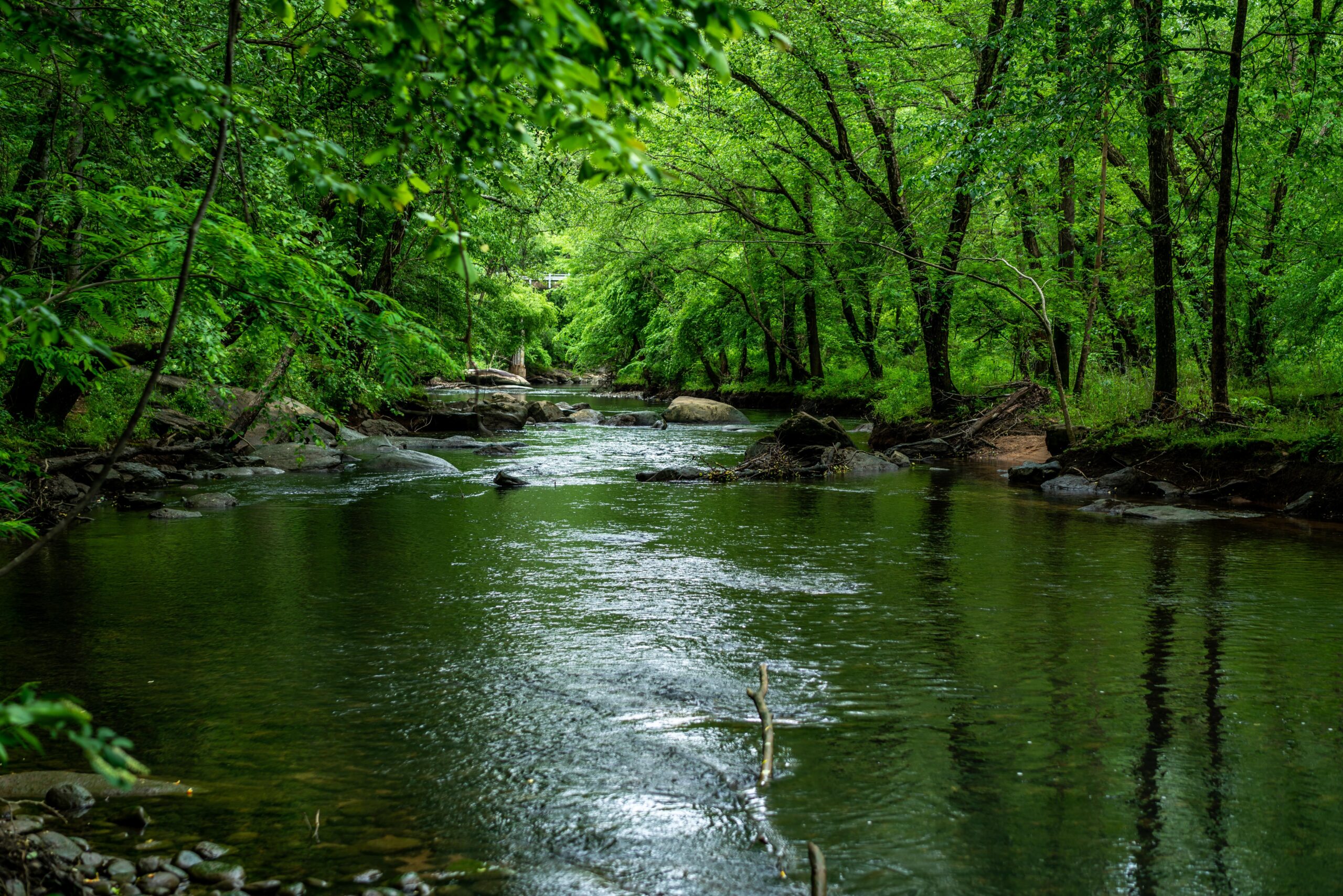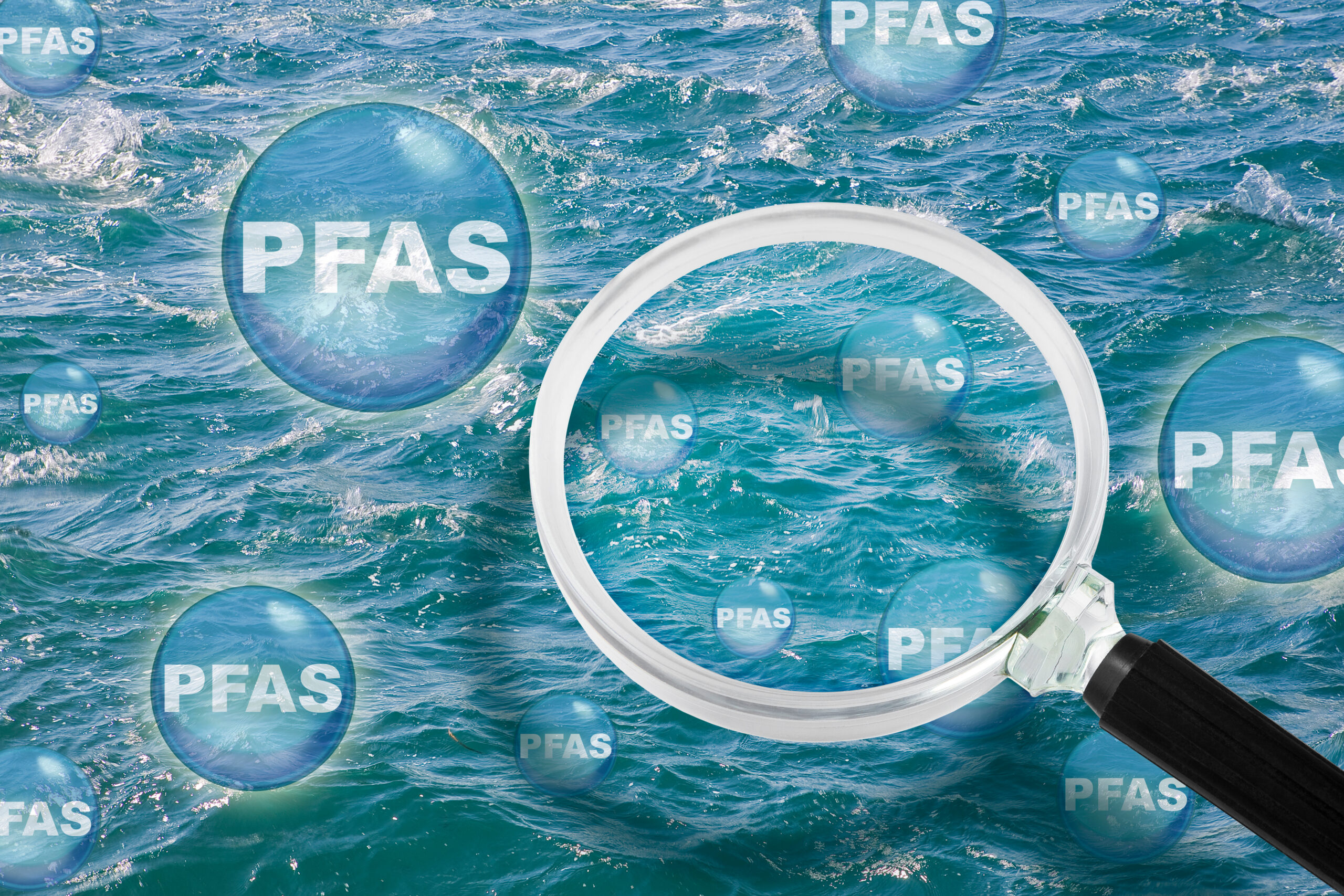BY EMMA SCARDINA
Graduate students Tiffany VanDerwerker of North Carolina State University and Charlotte Robbins of UNC Chapel Hill are supporting communities through their research on PFAS in well water. VanDerwerker’s research considered an alternative water source for homes that have contaminated well water. Robbins’ project analyzes how PFAS leaks from landfills into surrounding groundwater and consequently contaminates drinking water wells.
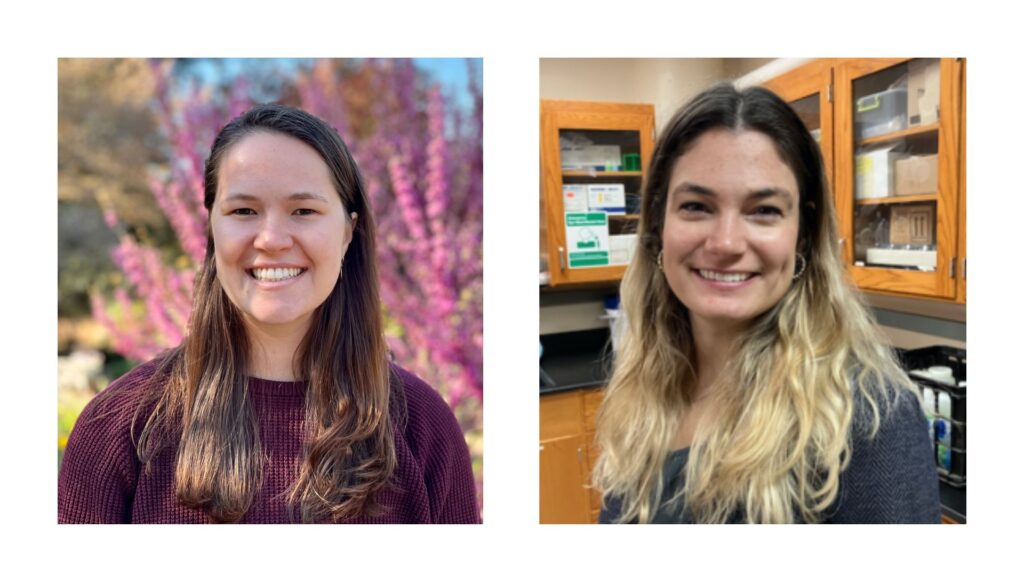
Their work is funded by fellowships from the North Carolina Water Resources Research Institute. “WRRI is pleased to support these research projects. Both projects offer results that could help us better understand how emerging contaminants are impacting groundwater, especially for areas not on municipal water supplies,” said Kaitlin Tucker, NC WRRI research and engagement coordinator.
Per- and polyfluoroalkyl substances, known as PFAS, are a large class of long-lasting chemicals used in both large-scale manufacturing and common household items. Exposure to PFAS through air, water, or food has been linked to harmful health effects in humans. North Carolina has some of the highest concentrations of PFAS in the country, especially in the Cape Fear River which was contaminated for decades by a nearby manufacturing plant. Mitigation efforts have since ensued, but many homes with water supplied by a private well may not have easy access to safe, PFAS-free water.
A Temporary Solution
In 2019, a settlement was implemented to address the PFAS contamination from the manufacturing plant. As part of the settlement, Chemours is now required to supply clean water to buildings and homes with severely contaminated private well water, either by providing connection to a municipal water supply, or providing water treatment for 20 years. To be eligible for treatment, a building’s well water must exceed a specific limit of PFAS concentration. However, many homes with private well water containing PFAS will not receive any treatment because their contamination levels don’t meet the criteria for Chemours’ settlement.
VanDerwerker Explores Alternative Drinking Water Solutions
VanDerwerker’s project sought out an alternative water source for homes with contaminated well water near the Cape Fear River. In Bladen and Cumberland counties, many homes with private wells are supplied water by the Black Creek Aquifer. This aquifer has been contaminated with PFAS through air emissions from the Chemours plant.
As a possible alternative to long-term water treatment, VanDerwerker looked deeper. She analyzed the water quality of the deeper and less contaminated bedrock aquifer as a possible new water source for these homes. Under the mentorship of David Genereux, VanDerwerker found that it contained PFAS levels below the proposed drinking water standards, making it a potential option for many residents in the affected areas.
Robbins Explores Contamination from Landfills
While North Carolina’s PFAS problem has been attributed in most part to manufacturing discharge into the Cape Fear River, contamination can also occur in other ways. Robbins’ work aims to discover how PFAS and other contaminants leak out of landfills into the ground, and consequently contaminate well water. Construction and demolition (C&D) landfills contain large volumes of waste specifically from construction sites and usually lack a physical barrier such as a lining. Because of this, Robbins is focusing her research on these types of landfills.
Robbins will choose up to six C&D landfills to study in multiple counties across the state. She will test water samples for PFAS, metal content, and coliform, a class of bacteria which includes E. coli. After analyzing the results to better understand how and why these contaminants leak from landfills, she will distribute the results, along with information on exposure and treatment options, to residents.
Working Alongside Communities
Collaboration is a key component of Robbins’ project. Alongside her mentor, Courtney Woods, Robbins is leveraging local organizations to get the word out about her research so residents can volunteer to have their well water tested. She is also prioritizing informing residents on PFAS and what her results mean. To achieve this, through a collaboration with UNC’s Institute for the Environment, Robbins created a contest for high school students in communities in the state. Students can create an infographic on PFAS for the chance to win an award and cash prize, and the winning infographic will be distributed to residents.
“I knew that engaging with high schoolers was going to be really important to me,” Robbins said. “I’m really passionate about scientific education and mentorship and there are so many opportunities, especially for highschoolers who are learning so much and are so curious.” For more information on the contest, please visit the EJ Youth Communicator Award webpage.
Serving Communities through Water Research
Both Robbins’ and VanDerwerker’s research focuses on non-urban North Carolina, areas that traditionally have been most affected by contamination due to the lack of funding for water treatment. “Water contamination, especially private well contamination, across the state is so tied to income level and race just because historically, municipal water has only been extended to some people and not others, and that often excludes Black and low-income communities,” Robbins said. By supplying free water testing and necessary resources, Robbins is ensuring more residents are informed about their drinking water quality.
Achieving Clean Drinking Water Across NC
The change needed to supply North Carolina residents with non-contaminated drinking water will take time. Robbins and VanDerwerker are supporting this change by providing information on how contamination occurs and solutions for when it does. But, the next steps require many more moving parts, including with the N.C. Department of Environmental Quality.
“Change takes time,” VanDerwerker said. “We met with the DEQ and discussed this research and talked about well construction criteria and methods.” This action is what will bring attention to the PFAS problem in North Carolina, and spark the process of change.
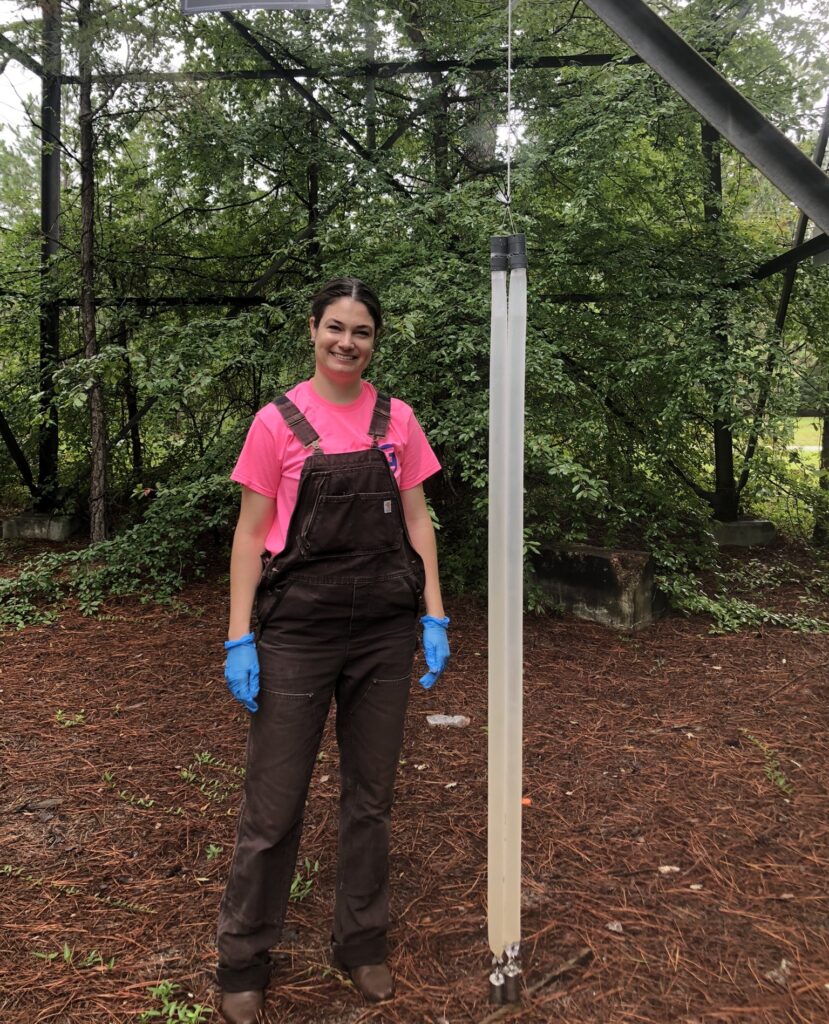
More Information
Emma Scardina is currently a junior studying Chemistry and Science Communication at NC State University. She recently served as a communications intern for WRRI.

